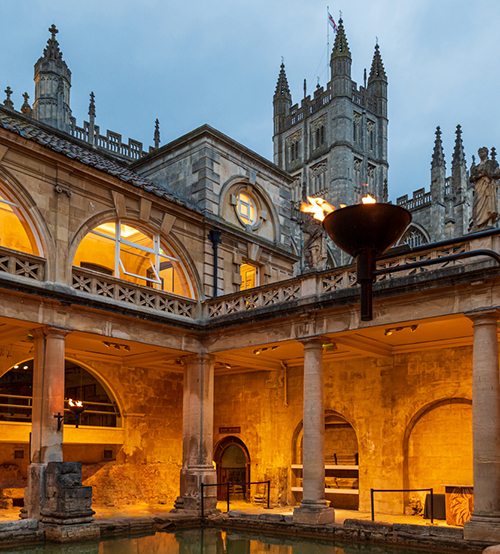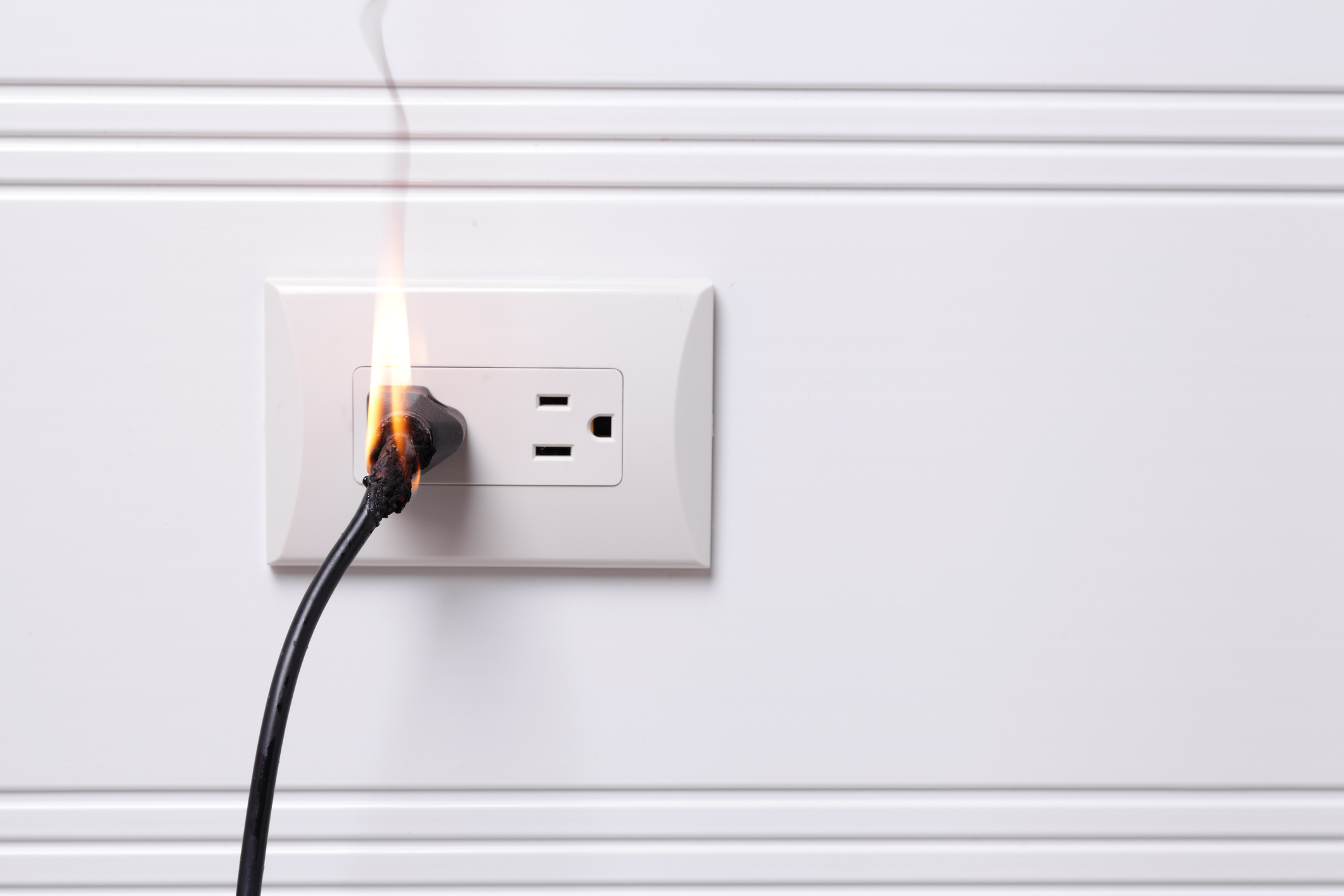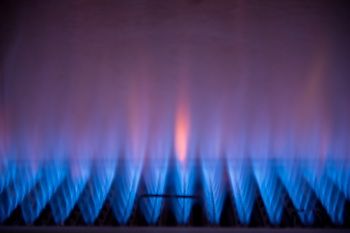Historic buildings are invaluable to society. They contain materials, details and architectural features that are difficult to preserve or reproduce, and they hold rich history that can’t be replicated. They safeguard our heritage. When a historic building catches on fire, these items may be lost forever.
On April 15, 2019, the famed 859-year old Notre-Dame cathedral in Paris, one of the most notable architecturally and culturally famous landmarks in the world, was destroyed by fire. The suspected culprits in the cause of the fire are a smoldering cigarette from a renovation worker, or an electrical short. In July of this year, the Veranda House Hotel, an historic 338-year old building on the Massachusetts island of Nantucket, burned to the ground. In this instance, smoldering cigarette butts, tossed under the front porch of the hotel, started the blaze, resulting in a total loss of the hotel and two homes nearby.
The common denominator in the destruction of these important historical structures is not that they caught fire – it is that the buildings lacked a fundamental fire suppression system, which is a requirement in any modern building. Unfortunately, historic buildings were erected before safety codes existed, so they may be made of extremely flammable materials, have frames that do not support fire suppression, lack adequate exits and egress points, and may also have narrow and/or steep stairways, as well as narrow doorways. These factors could not only make it more difficult for anyone inside the building to escape safely in the event of a fire, but allow the fire to rapidly spread to a level that cannot be contained.
If irreplaceable artifacts and culturally significant materials are contained in historic buildings, why are they are exempt from fire protection? A main issue with designing fire protection systems for these significant sites is the preservation of important items and maintaining the aesthetic integrity of the building. Fire protection systems are effective at putting out fires and preventing the loss of lives, but they also damage the historic integrity of the building in the process. Finding and retrofitting systems that promote both life safety and historic conservation can be challenging and costly.
However, modern fire suppression systems have come a long way. According to Vanguard Fire & Security Systems, here are several types of active protection that can contain fires with minimal damage to the rest of historical buildings:
- Carbon Dioxide (CO2) – a gaseous agent that works quickly and efficiently, but can be dangerous to human health. Best for unmanned, unoccupied facilities.
- Dry Chemical Suppression – which quickly extinguishes fires caused by combustible/flammable liquids. Good for furnace rooms, flammable liquid storage areas, and mechanical rooms.
- Wet Chemical Suppression – which utilizes liquid substances and prevents re-ignition. Works well for kitchens.
- Clean Agent Fire Suppression – which leaves no residue, making it ideal for sensitive applications like museums, archives, libraries, computer or server rooms, etc.
If historical sites like Notre-Dame and the Veranda House Hotel had retrofitted themselves with fire protection, the fires that began may have been contained, causing only minimal damage to these landmarks. In order to preserve history, we need to protect it with fire safety systems.






